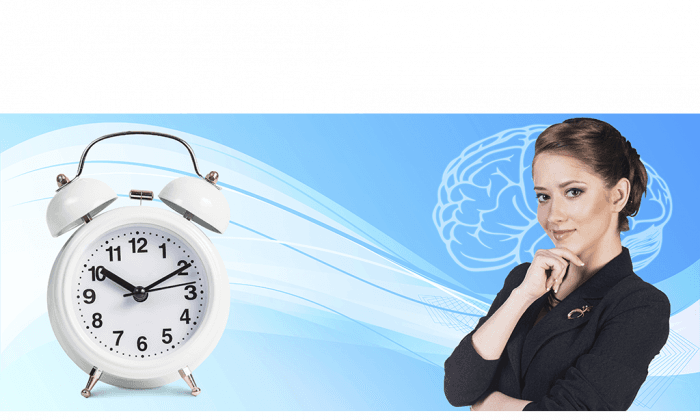In my experience, the body is like an onion, with layer upon layer of past history beneath the visible surface.
What does this mean?
Let’s start at the beginning, with a pregnant mom. Like many pregnant women, this mom has lower back pain. Unbeknownst to her, the baby’s head got stuck in an odd position in the pelvis. Labour is long and painful, and the doctor eventually resorts to using forceps to pull the baby out. The baby seems okay and everyone breathes a sigh of relief.
But already the baby has dealt with two injuries to the spine: malposition in the womb for an extended period of time, and extra force during birth from prolonged pushing and use of forceps. The baby is uncomfortable and fussy for the first few months. Nobody notices his mild head tilt, and the mom hears it’s common for a baby to sleep with the head always turned to the same side.
As the baby learns to sit, stand, and walk, he constantly topples over. They’re small falls, but sometimes there’s a bigger one like the time he slid too fast down the slide and had a hard landing on the sand. Some of the tiny injuries become resolved as the child grows, but others remain and he starts to favour one side. He subconsciously takes longer strides with one leg versus the other.
One or more of these falls also affected the lower back vertebrae and so the nerve to his big toe isn’t as reactive as it should be. Imperceptible because the child doesn’t complain of pain, his big toe doesn’t always lift high enough, and he frequently stubs his toe, trips, and falls.
His parents attribute his trips and falls to his high energy and activity level because he loves sports. As he continues through childhood, he experiences lots of falls, sprained ankles, scrapes, and bruises, but no broken bones. Over time, he becomes really adept at catching himself when he trips, but sometimes he still goes down hard.
Sports are his joy in life and he loves going full-out. He’s not the best on the team, but that knowledge just pushes him to try harder, train more, and never give up—and he has the scars to prove it, especially on his knees.
In his twenties, a car accident results in migraines and neck pain. As an adult, he spends a lot more time looking at his computer or phone and a lot less time playing sports. Running a business, raising a family, and economic ups and downs mean he’s often under emotional or mental stress. Old injuries and symptoms frequently resurface and medications to alleviate the pain become ineffective over time, so eventually he gives up on all of them and accepts the suffering.
Each of these injuries, if not dealt with properly, cause compensations that form layers of malfunction like layers of an onion. The innermost layers are from injuries in early life that never fully healed, even if the pain dissipated. The body has compensated with restricted motion, postural distortions, and poor nerve messages to other parts of the body.
Life stressors
As we go through life, we face more stressors (falls, poor posture, accidents, pollution, and stressful periods) and form more layers of compensation (high hip, rounded shoulder, stiff low back, short leg, allergies, organ dysfunction, etc.).
When this adult comes to see a chiropractor, often the only issue on his mind is the one actively affecting him, for instance, his left hip. I call this the outermost layer of the onion. As far as he is concerned, the problem only started a couple of weeks ago when he overdid it in the gym. Unless prodded, he doesn’t mention the headaches or stomach aches because they’re not connected to his left hip, or so he thinks.
He thinks that after a few “cracks” and “pops” he'll be fine again. After all, it’s only been a couple of weeks. What he doesn’t know is that the old issues—the inner layers—have been contributing to his current state of health, whether he’s aware of it or not. Chiropractic care in the short run (a few visits over a few weeks) may be enough to reduce some outward symptoms, but stops short of actually correcting the problem. The result is that he is very vulnerable to re-injury, the compensations persist, and he is still at risk for other injuries.
With ongoing chiropractic care, not only is the pain reduced, but injuries are corrected and compensations rendered unnecessary. As the latest layer of injury is corrected, the conscious brain becomes aware of a deeper, older injury, and this becomes the new focus of healing. Sometimes, there are many symptoms acting up. In these cases, the rate of healing may vary for each symptom, and some may resolve completely before others begin to show any improvement.
When you have fewer layers of injury, your body works better, feels better, and heals better. Your attitude and outlook improve. You feel lighter because you carry less physical, emotional, or chemical baggage. You’re not living in fear of pain, re-injury, or disappointment. You get to be the best version of you.
After all, YOU are the pearl in the centre of the onion.
Dr. Sabrina Chen-See is a pediatric and family wellness chiropractor based in Vancouver. She is a firm believer in making positive contributions to society, and regularly volunteers her time and chiropractic skills for community and charitable events. Website: www.FamilyWellnessChiro.ca





Friends Read Free